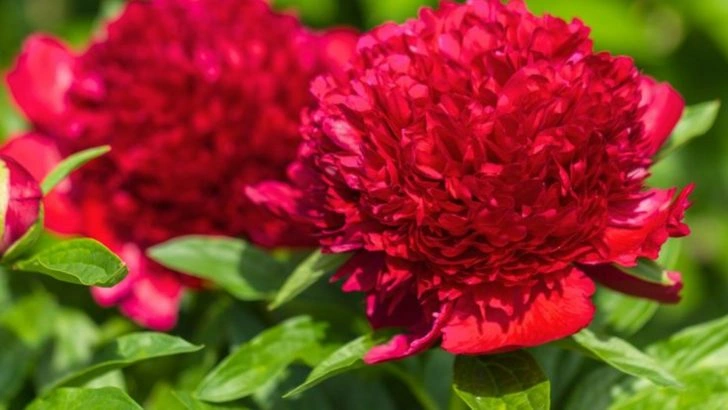Peonies are divas—and proud of it. They won’t be rushed. They’ll sulk for years, bide their time underground, and then suddenly explode with the kind of ruffled glory that stops neighbors mid-walk. But there’s more to these blooms than just their dramatic flair. They’ve got secrets. Deep-rooted quirks. Old-world habits passed down through centuries of cultivation. Why do they hate being moved? What happens if you plant them an inch too deep? And why does that one peony bush in your yard always bloom like it’s on Broadway—while the others do absolutely nothing? Peonies demand patience. But once you know their rules, they reward you tenfold. Ready to crack the code? These 13 facts explain their mysterious behavior—and might just make you love them more.
Peony Longevity
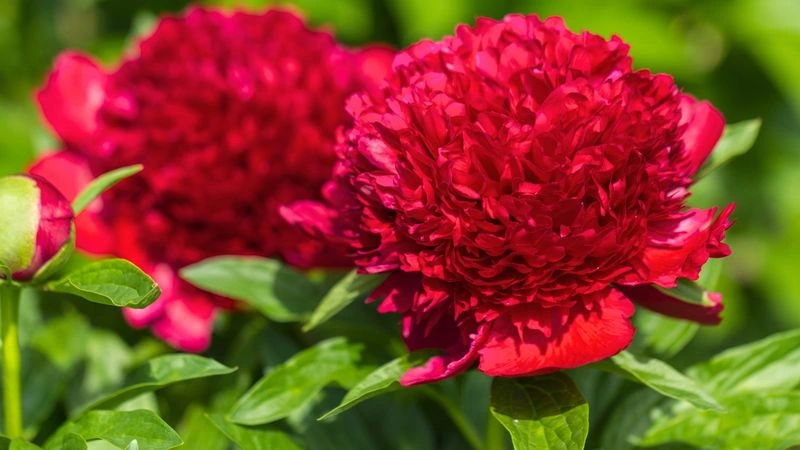
Peonies are like time capsules in the garden, with some living over a century. They often outlast their planters, offering a legacy of beauty. Their ability to thrive for decades without much intervention speaks to their enduring nature. Historically, families have passed down peony plants through generations, linking the past to the present. This longevity means a peony planted today may still flourish when your great-grandchildren are around. Despite their age, they require minimal care once settled. This trait, among others, makes them a preferred choice for gardeners looking for lasting elegance with minimal effort.
Symbolism in Culture
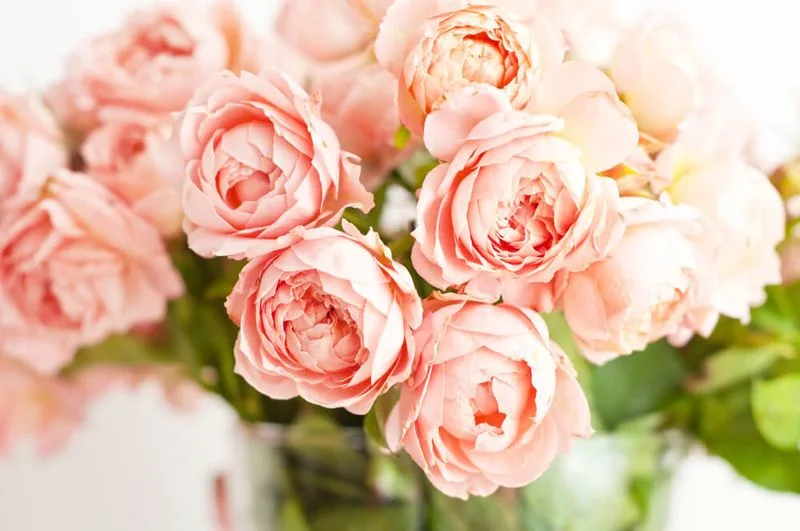
Across the world, peonies symbolize a variety of things from prosperity to romance. In China, they are dubbed the ‘king of flowers’ and represent wealth and honor. In the West, they are often associated with weddings and prosperity. Their opulent blooms make them a favorite in bridal bouquets, symbolizing a happy marriage. Peonies are also present in art and literature, holding deep meanings in various cultural contexts. Their symbolic richness is matched only by their beauty, making them a flower that communicates much more than mere aesthetic charm. This dual role of beauty and symbolism enriches their appeal.
Peony Pests
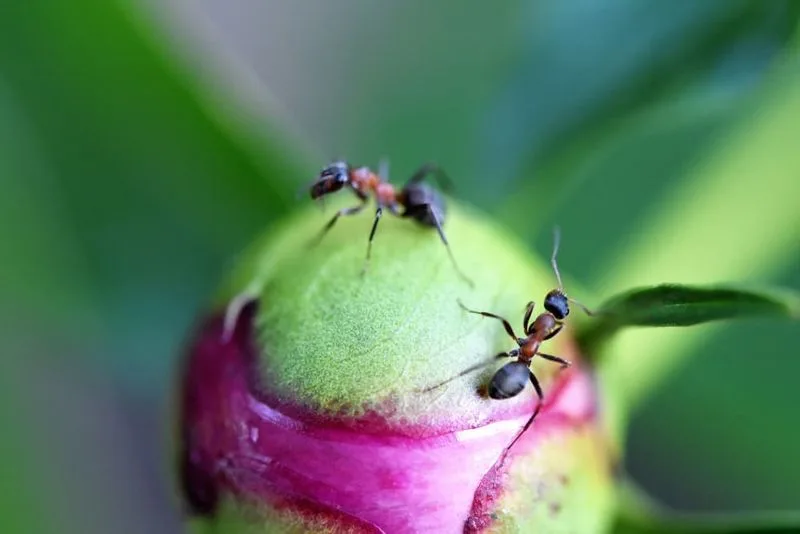
Did you know that peonies have a mutualistic relationship with ants? Ants are often seen on peony buds, attracted by their sugary secretions. These little creatures help protect peonies by deterring other harmful insects. While many gardeners initially worry about ants on their plants, they actually serve as tiny guardians. Once the peonies bloom, the ants disappear, having done their job. This fascinating relationship highlights the interconnectedness of nature, where even the smallest creatures play vital roles in the health of plants. Embracing this natural phenomenon can lead to healthier, pest-resistant gardens.
Variety of Species
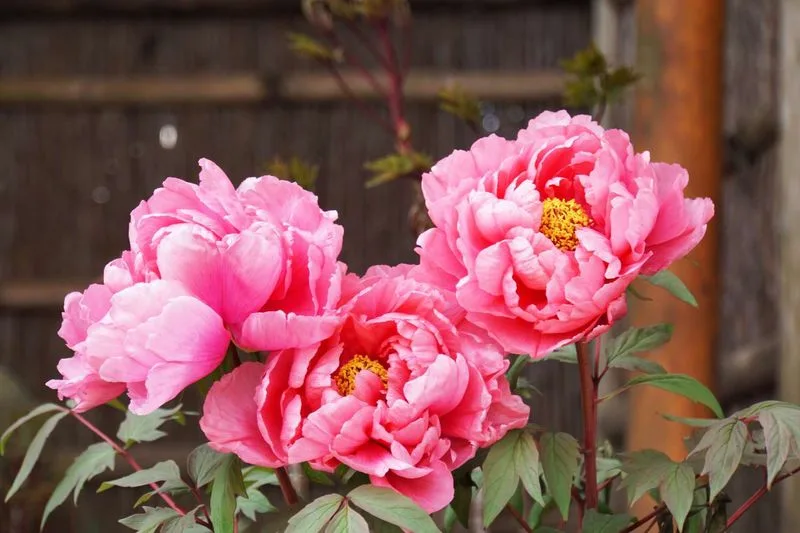
Peonies boast an impressive variety of species, with over 33 recognized types. From herbaceous to tree peonies, each offers distinct qualities. Herbaceous peonies die back in winter, only to return in spring with renewed vigor. Tree peonies, on the other hand, have woody stems and do not die back in winter. This diversity extends to colors and forms, ranging from pure white to deep red, single to double blooms. This richness in variety ensures there’s a peony for every garden and every gardener’s preference. Their adaptability further enhances their popularity in diverse climates and settings.
Historical Roots
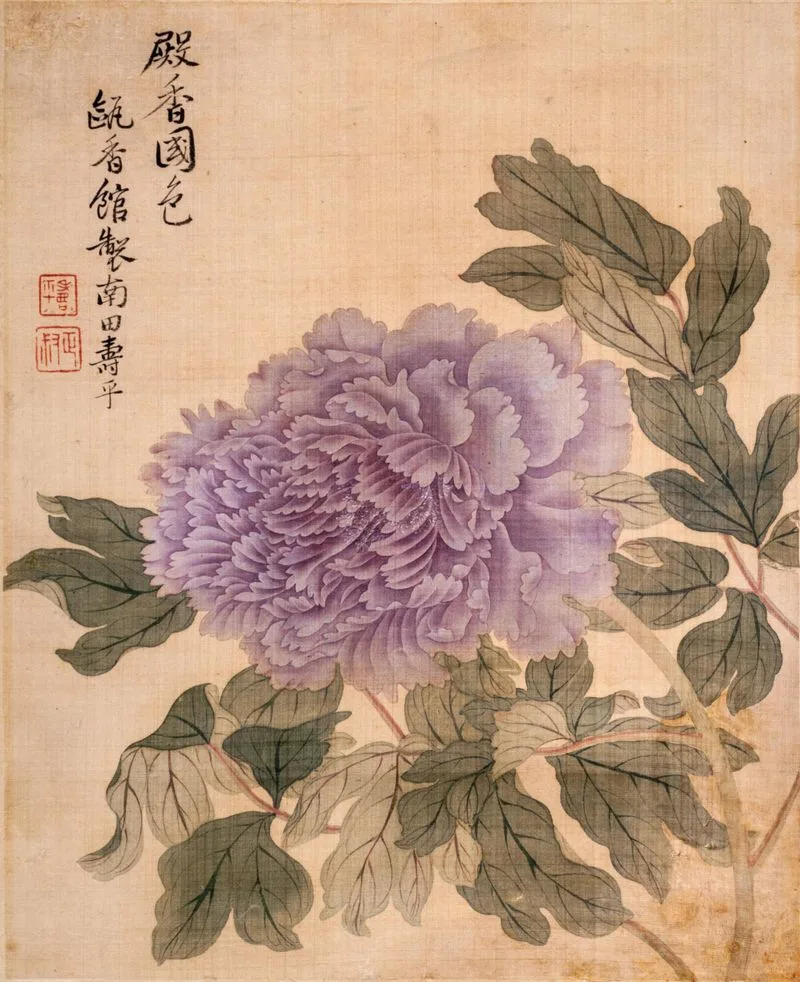
Peonies have a rich history that dates back thousands of years. In China, they were cultivated as far back as 1000 BC, often associated with royalty and nobility. They adorned the gardens of emperors and were a subject of classical Chinese art. The Greeks and Romans also valued peonies for their medicinal properties, believing they could cure a range of ailments. This historical depth gives peonies a timeless appeal, where every bloom carries whispers of ancient stories. Their presence in historical texts and art underscores their longstanding significance across various cultures and eras.
Peony Perfume
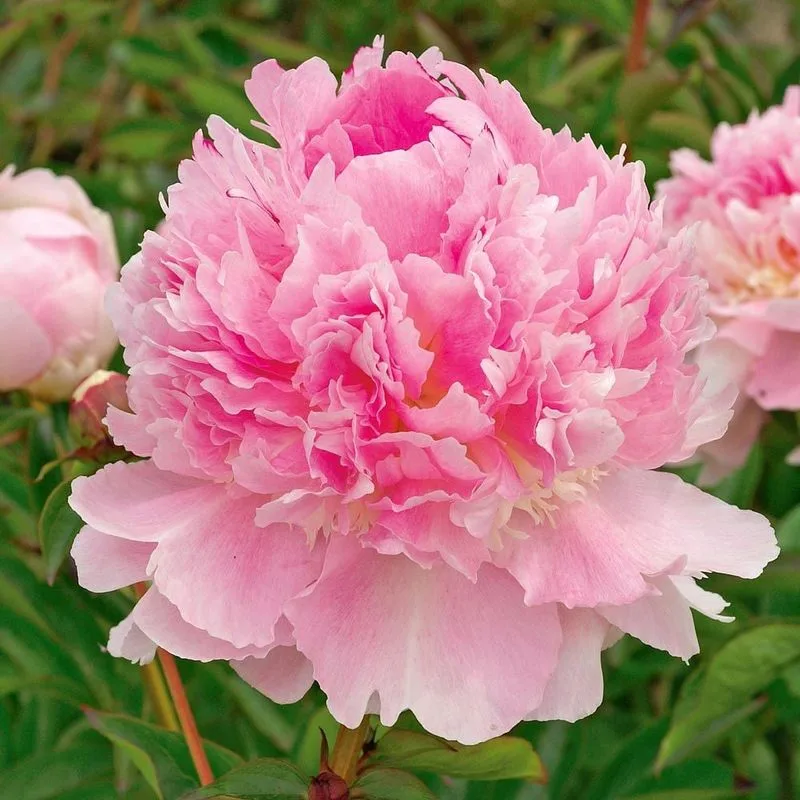
The fragrance of peonies is as captivating as their appearance. Some varieties, such as ‘Festiva Maxima,’ offer a sweet, rose-like scent that fills the air. This delightful aroma is one of the reasons peonies are favored in perfumes and cosmetics. Each sniff can transport one to a serene, floral paradise, providing a sensory experience beyond sight. However, not all peony varieties are fragrant, which adds an element of surprise and discovery for peony enthusiasts. The diversity in scent profiles ensures that there’s always something new to experience with every bloom.
Slow Bloomers
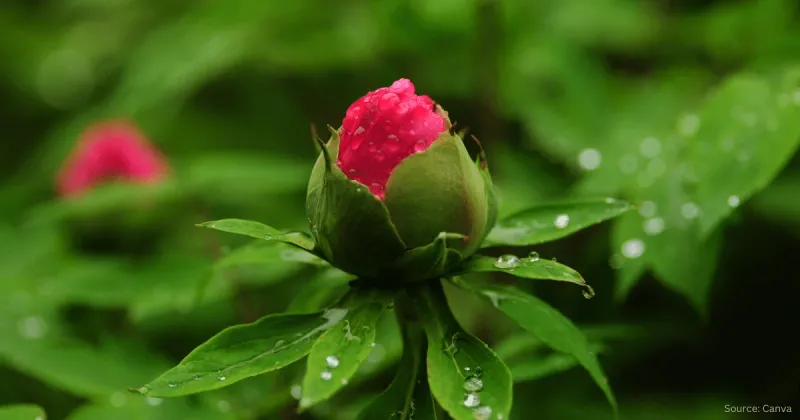
Why do peonies take so long to bloom? Their blooming process is a lesson in patience. Peonies require a period of cold dormancy to signal the arrival of spring. This chilling period is crucial for their development, influencing when they will wake and begin to grow. Once the conditions are right, they slowly unfold, taking their time to reveal their full beauty. This gradual bloom allows anticipation to build, making the eventual display even more rewarding. Their slow blooming process is a natural marvel, showcasing the intricate adaptations of plants to their environments.
Peony Colors
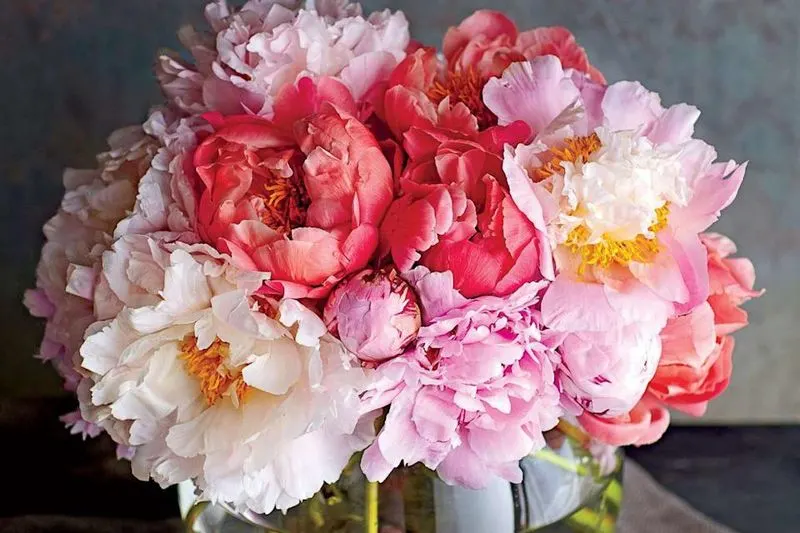
The color spectrum of peonies is vast and varied. From delicate whites and pinks to vibrant reds and yellows, peonies cover a broad palette. This diversity in hues adds to their ornamental value, allowing gardeners to create striking visual displays. Some varieties even change color as they age, starting as a deep red and fading to pastel pinks. This dynamic transformation is captivating to witness, offering a living canvas of evolving beauty. The breadth of colors ensures there’s a perfect peony for every taste and design preference in gardens and bouquets alike.
Medicinal Uses
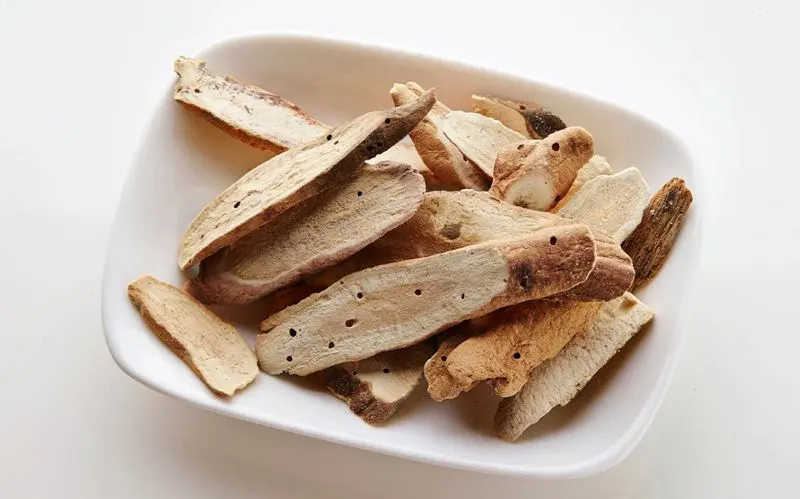
Peonies have long been cherished for their medicinal properties. Ancient Chinese medicine utilized peony roots for their anti-inflammatory and pain-relieving benefits. Known as ‘Bai Shao’ in traditional Chinese pharmacopeia, peony root is still used today to treat various ailments. The compounds found in peonies are being researched for their potential in modern medicine, particularly in immune health and inflammation reduction. While their therapeutic qualities are not as widely recognized as their aesthetic appeal, peonies offer a fascinating glimpse into the intersection of natural beauty and health benefits.
Peonies in Art
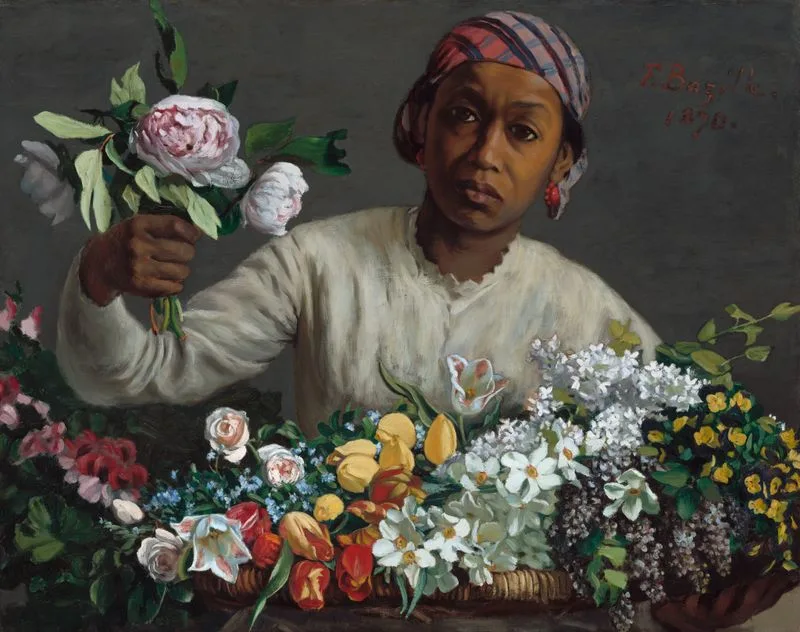
Peonies have been a source of inspiration for artists across centuries. Their lush petals and vibrant colors have been immortalized in paintings, from the works of ancient Chinese artists to European masters. The Impressionists, in particular, were captivated by the way peonies interacted with light and shadow. This artistic significance underscores the enduring appeal of peonies beyond the garden. Their presence in art history speaks to their universal beauty and the emotional responses they evoke. As subjects of both fine art and botanical illustrations, peonies continue to inspire creativity in various mediums.
Growing Conditions
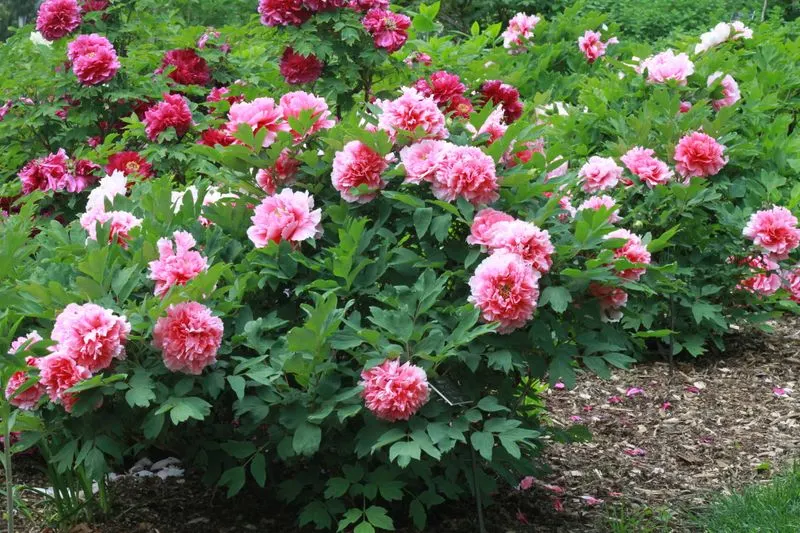
Successful peony cultivation depends on understanding their growing conditions. They thrive best in well-drained soil with plenty of sunlight. Peonies need the right balance of nutrients and moisture to develop strong roots. While they are hardy, they can be sensitive to overwatering or poor drainage. Planting them in a suitable environment ensures robust growth and abundant blooms. Gardeners must take care to plant peonies at the correct depth; too deep and they may not bloom. With the right conditions, peonies reward gardeners with their spectacular, fragrant flowers year after year.
Peonies in Literature
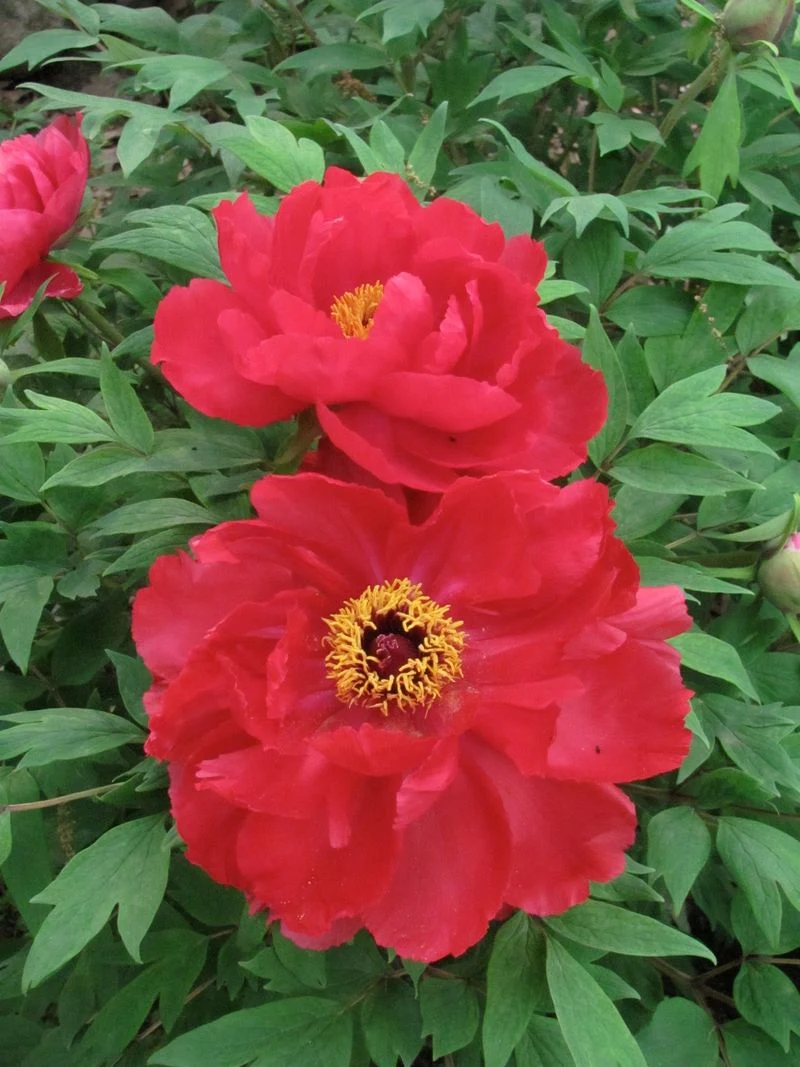
Peonies have found their place in literature as symbols of romance, prosperity, and beauty. Poets and authors throughout history have used peonies to convey deep emotions and themes. In classical Chinese poetry, peonies are celebrated for their beauty and elegance, often symbolizing female beauty and grace. In Western literature, they appear in works as tokens of wealth and luxury. This literary presence highlights peonies’ influence beyond the garden, capturing the imagination of writers who seek to harness their symbolic meanings. The rich tapestry of peonies in literature adds layers to their cultural significance.
Peony Hybrids
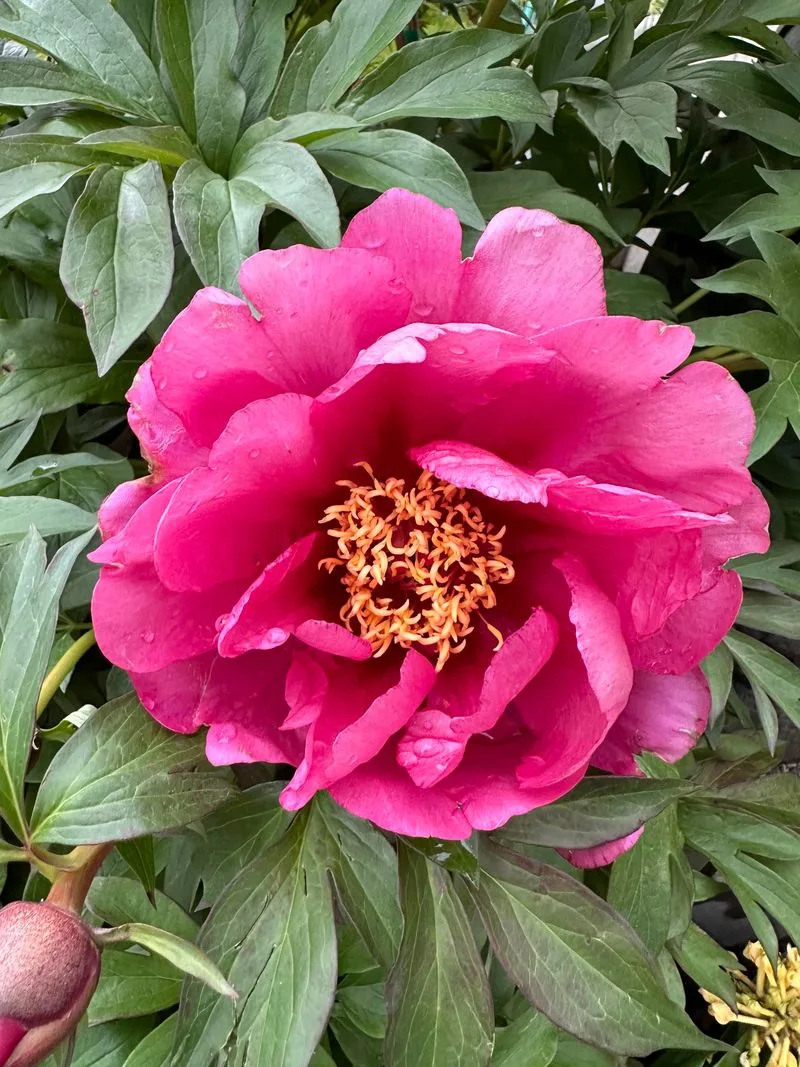
The world of peony hybrids is a realm of innovation and surprise. Breeders have developed numerous hybrid varieties, combining the best traits of different species. These hybrids often boast unique colors and increased resilience, broadening the possibilities for gardeners. Itoh peonies, a popular hybrid, combine the robust nature of tree peonies with the prolific blooming of herbaceous types. This blending results in plants that perform well in various environments while displaying stunning floral displays. The creation of hybrids continues to push the boundaries of what peonies can offer, exciting both novice and expert gardeners alike.

